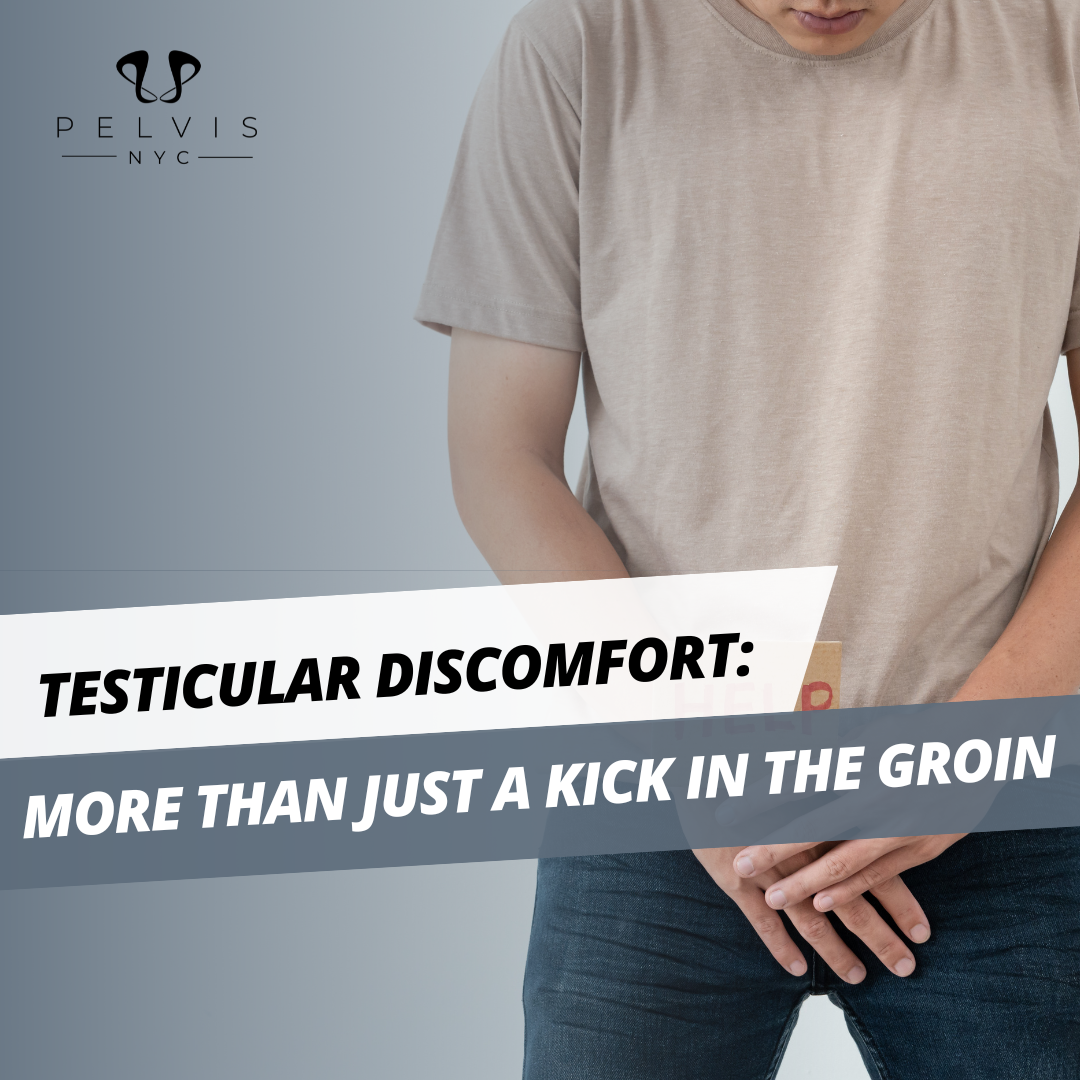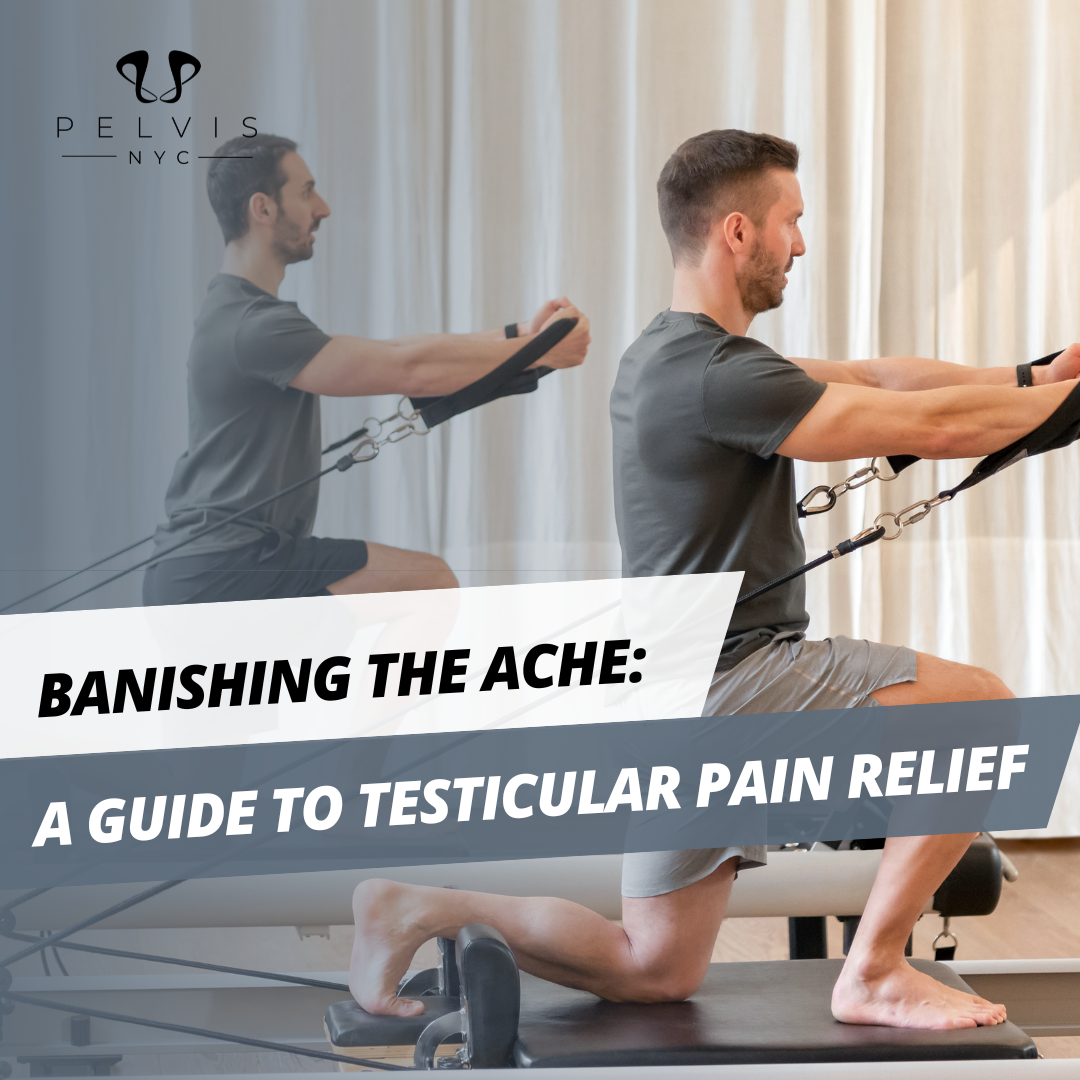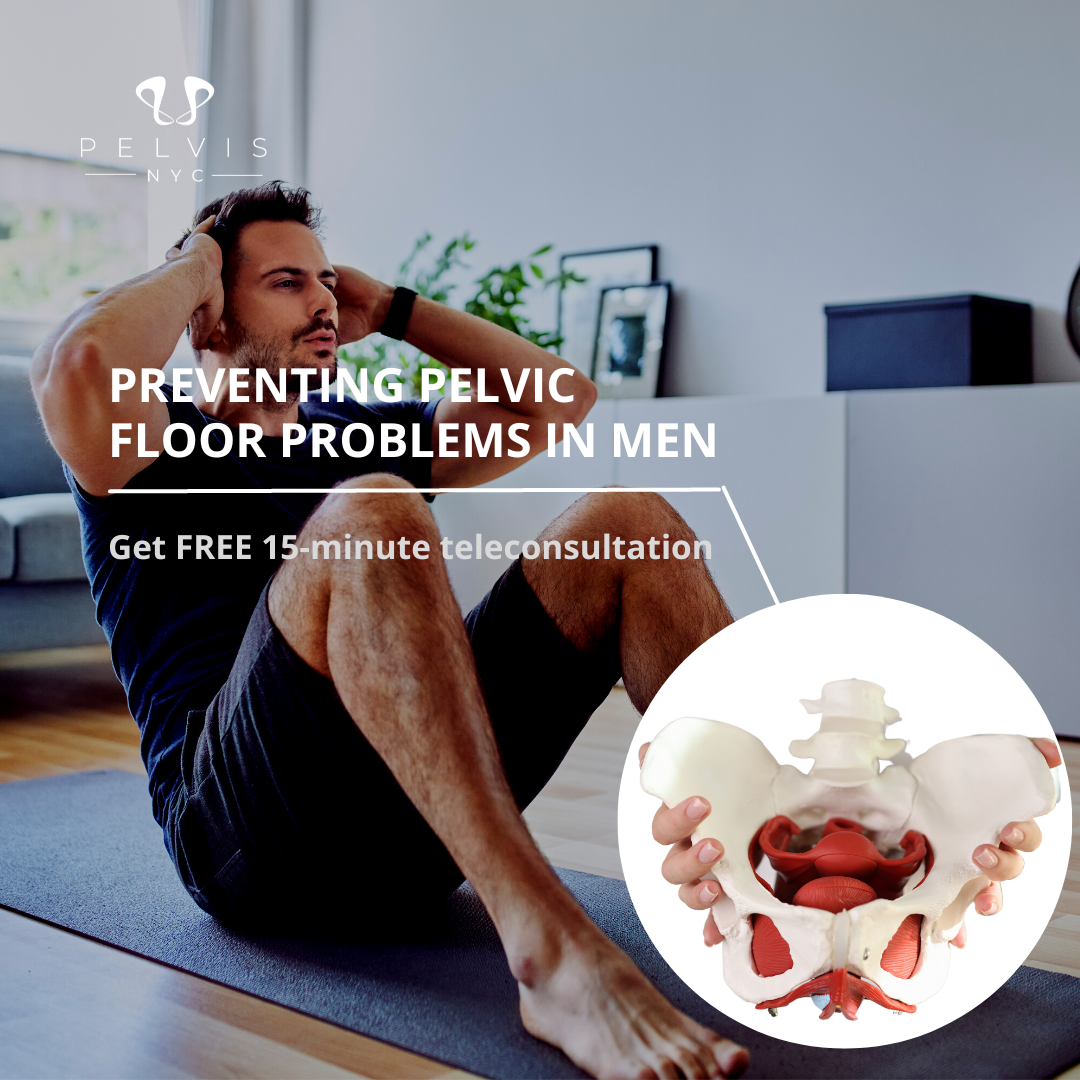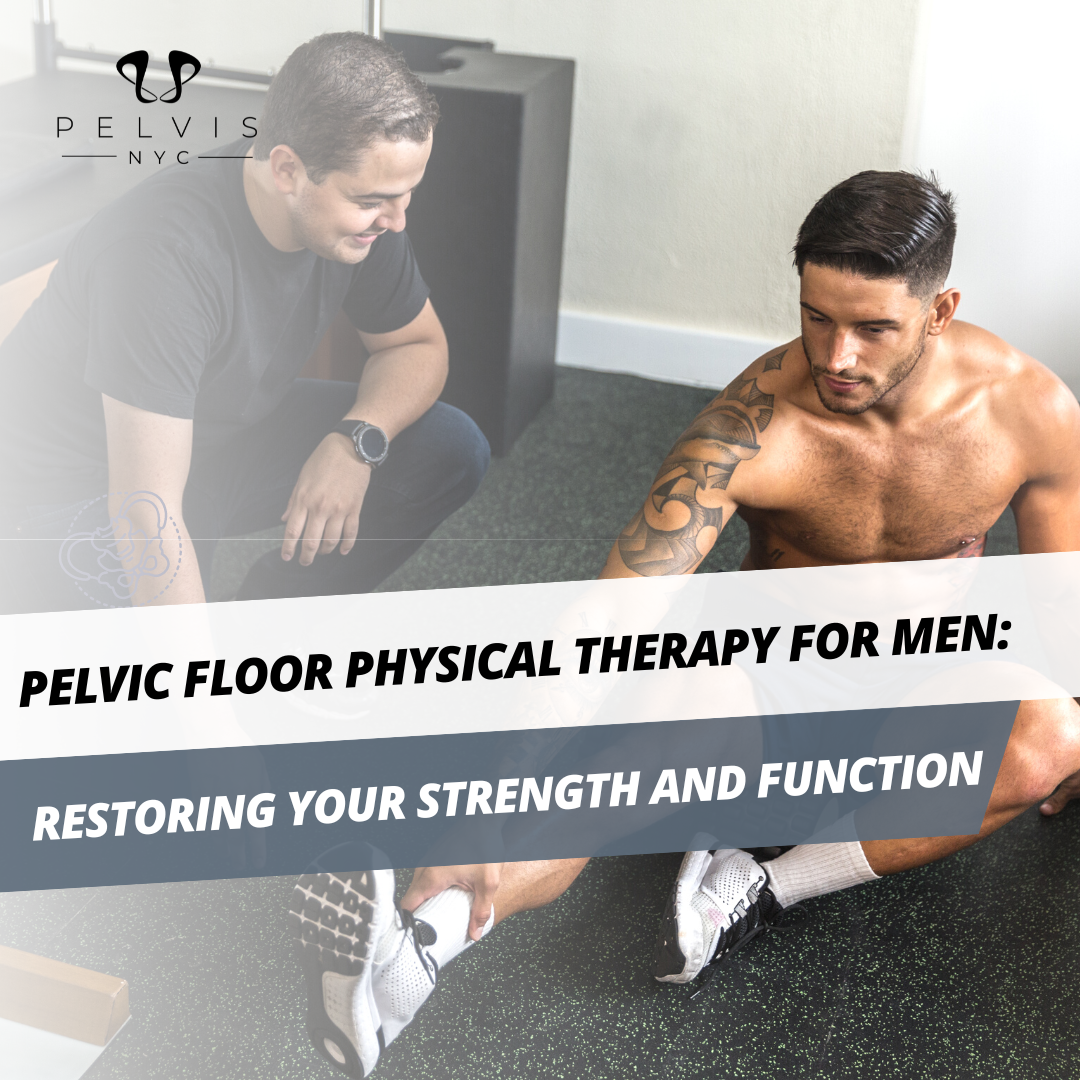Alright, guys, let’s get honest about testicular discomfort. It’s more than just a swift kick in the groin; it can affect us in various ways, both physically and emotionally. Understanding the different aspects of testicular discomfort can empower us to face it head-on. So, grab a seat, and let’s delve into it together!
- The Physical Toll: Testicular discomfort can range from a mild annoyance to a throbbing ache that disrupts your daily life. It may impact your ability to perform physical activities, interfere with your sleep, and even affect your mood. Don’t ignore it; instead, take action to regain control of your well-being.
- The Emotional Impact: Let’s face it, guys, dealing with testicular discomfort can be frustrating and worrisome. It might even lead to feelings of embarrassment or fear. Remember, you’re not alone, and it’s okay to reach out for support and guidance.
Overcoming Testicular Discomfort
Alright, warriors, it’s time to conquer testicular discomfort and banish those balls of pain. Here are some effective strategies, backed by physical therapy and reliable sources, to help you on your journey to lasting relief for testicular pain:
- Seek Professional Help: You wouldn’t fix a car without a mechanic, right? The same goes for your boys; don’t hesitate to reach out to a physical therapist specializing in men’s health. They’ll assess your situation, provide a proper diagnosis, and create a customized treatment plan tailored to your needs.
- Stay Active, But Smart: Physical activity is essential for overall health, but don’t push yourself too hard when experiencing testicular discomfort. Engage in low-impact exercises that won’t exacerbate the discomfort, and follow your physical therapist’s guidance to gradually increase activity as you heal.
- RICE Method: No, not the rice you eat, but a mantra for recovery! Rest, Ice, Compression, and Elevation can work wonders for testicular discomfort relief. Rest when you need to, apply ice packs (or a bag of frozen peas) to reduce inflammation, consider supportive underwear for compression, and elevate your feet when possible.
- Medications: Over-the-counter pain relievers, when used responsibly and as advised, can provide temporary relief from testicular discomfort. However, it’s always best to consult with a healthcare professional before taking any medication.
- Embrace Stress Management: Stress can exacerbate discomfort, so it’s essential to find healthy ways to manage it. Engage in relaxation techniques, like deep breathing exercises or yoga, to help you stay cool and collected during the healing process.
The Road to Recovery and Beyond
Congrats, guys! You’ve taken charge of your health and embarked on the road to recovery. But remember, the journey doesn’t end here. To maintain optimal testicular health, continue practicing self-care and listening to your body’s signals. You may also read our blog about Exploring Testicular Pain Management.
Conclusion
Alright, my fellow warriors, we’ve come a long way in understanding and overcoming testicular discomfort. Remember, seeking professional help is a sign of strength, not weakness. Don’t let embarrassment hold you back; visit www.pelvis.nyc so you can deserve to live a discomfort-free and thrive.
Stay strong, stay active, and show those boys some love! Embrace the journey of healing and rediscover the joy of a pain-free life. You’ve got this!










